Celebrating Man's Best Friend
Tracy Xavier
Throughout history, making people’s lives richer

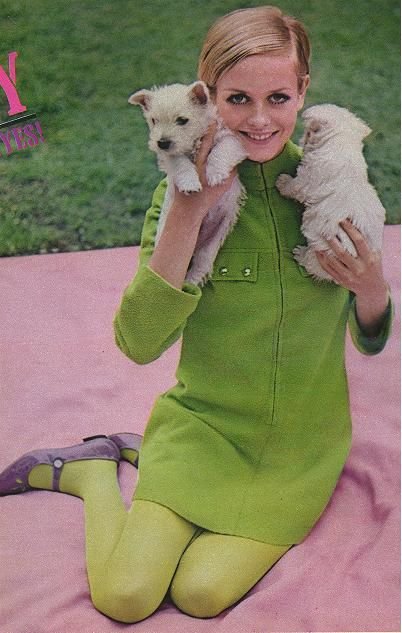
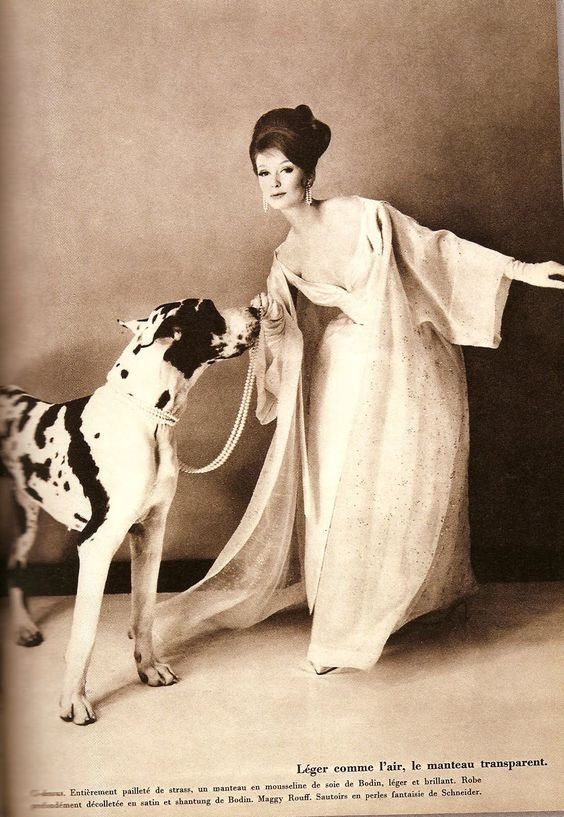

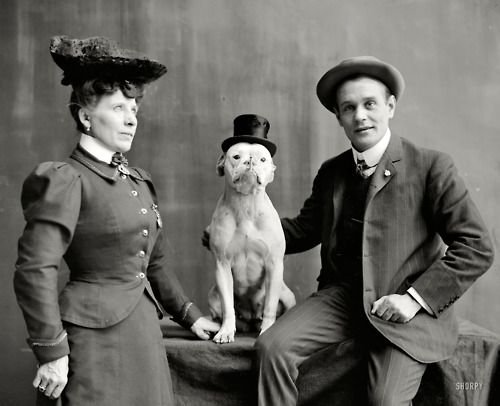
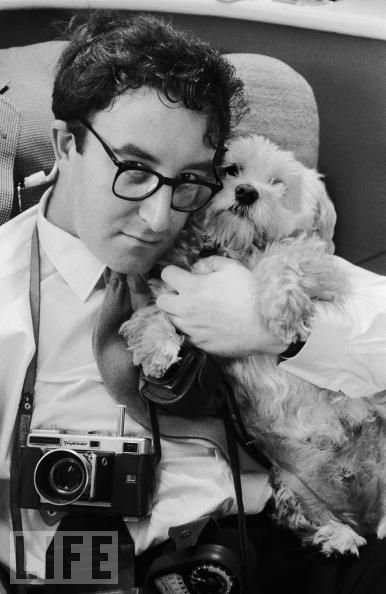
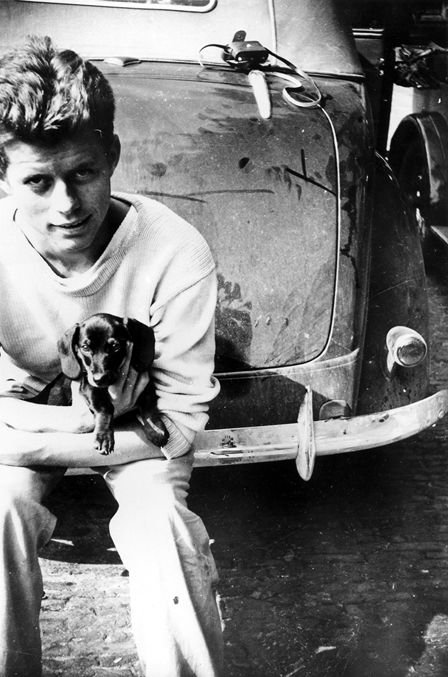
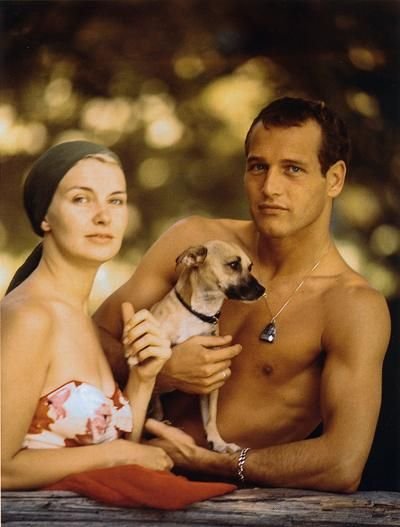
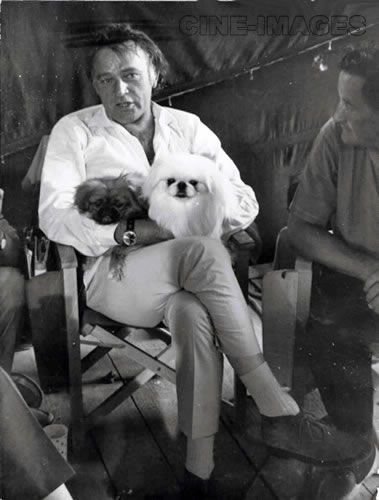
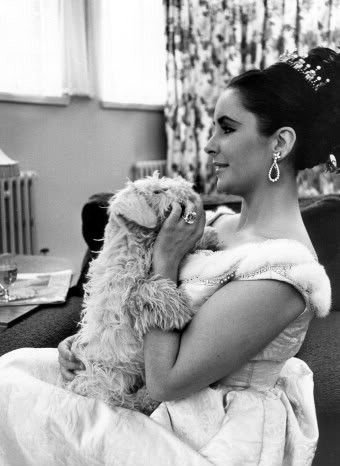
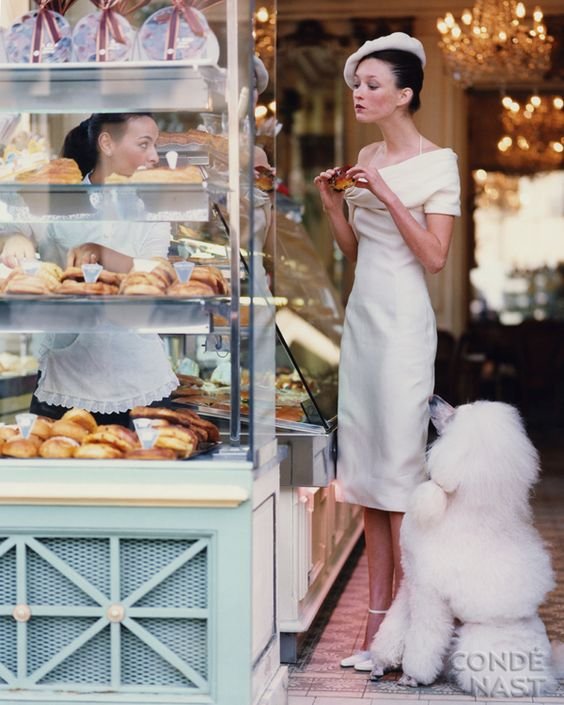
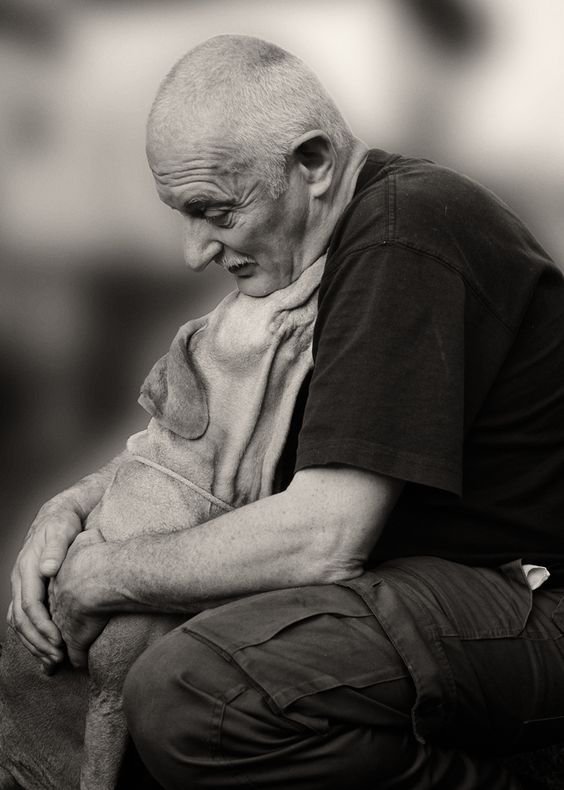
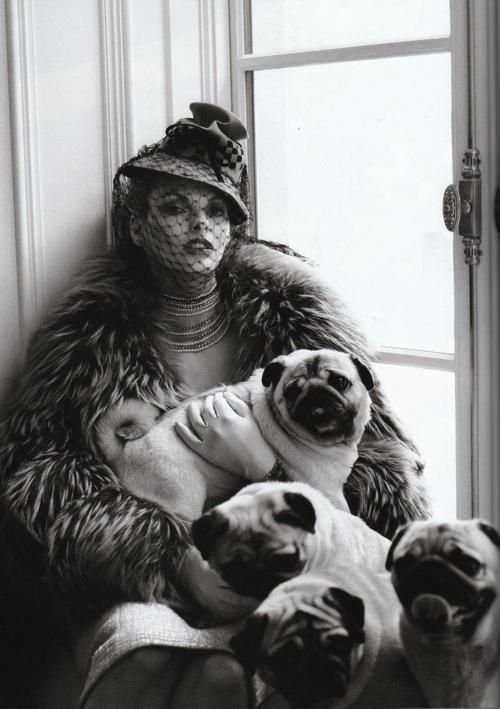
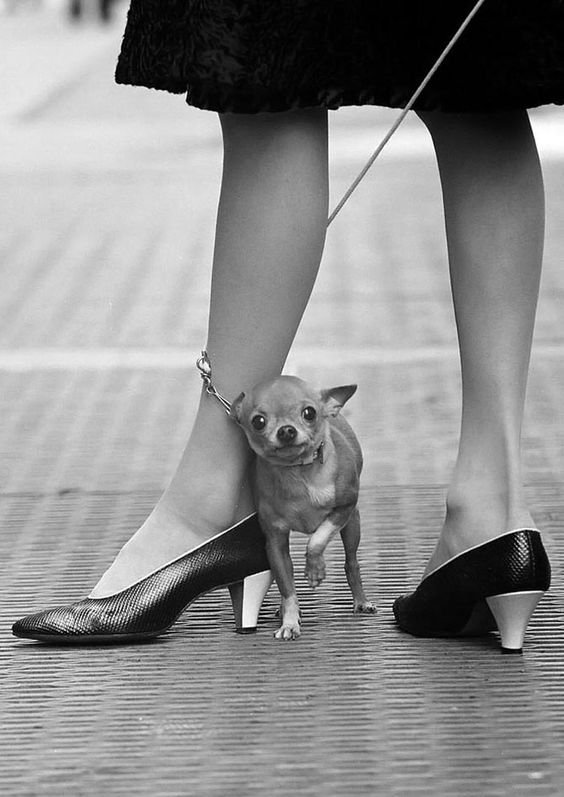

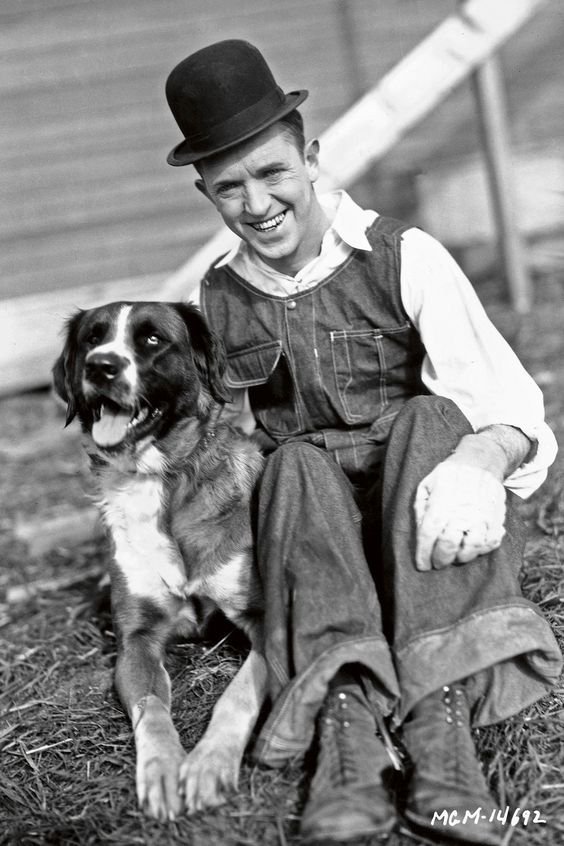
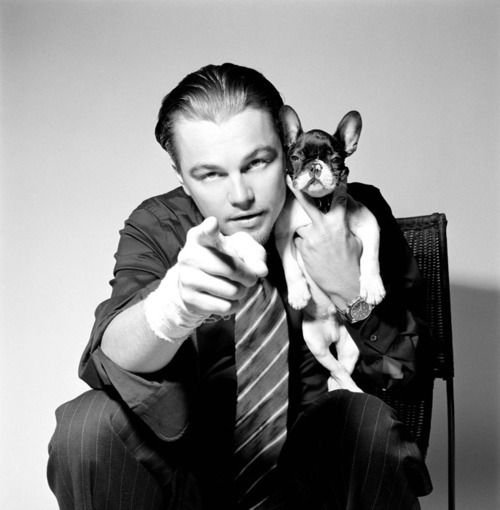

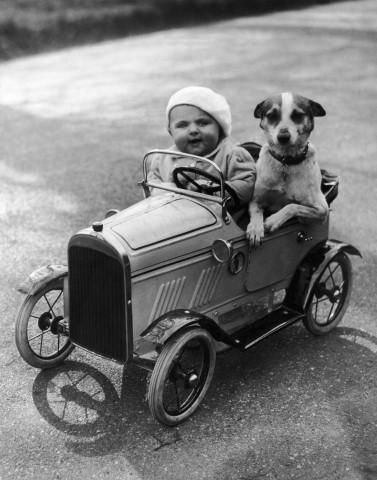


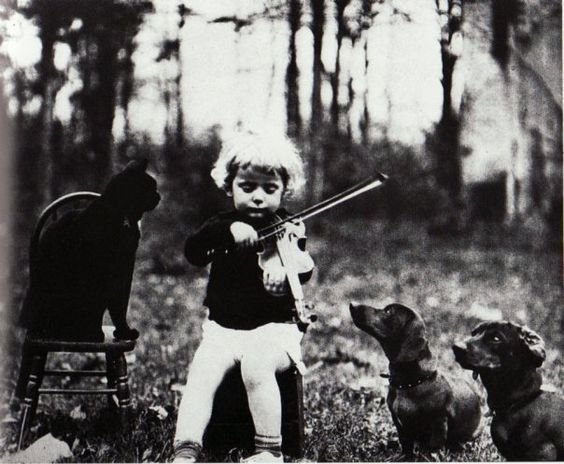
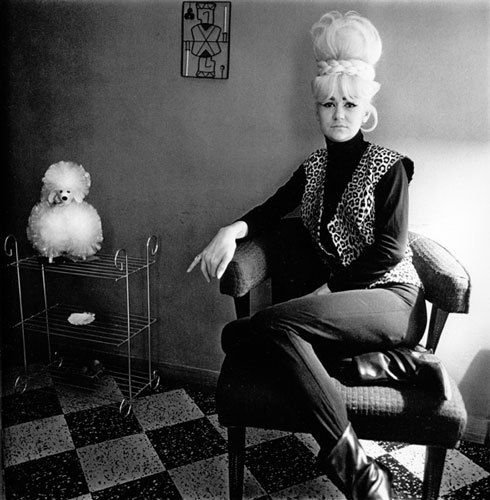
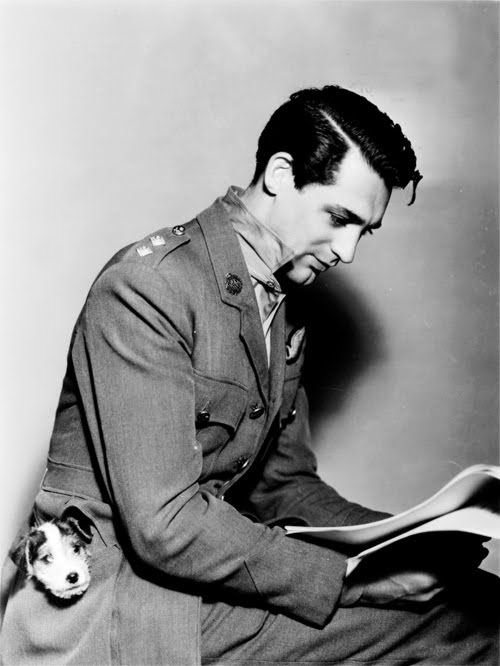


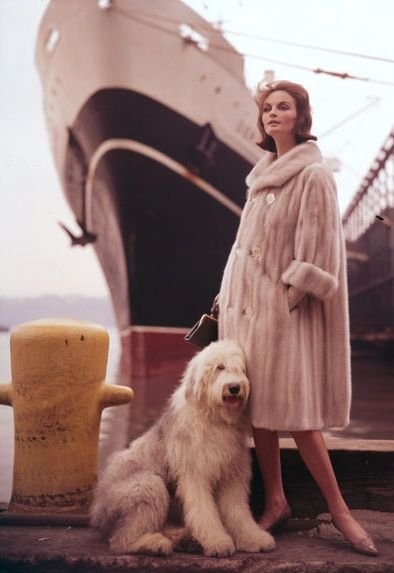

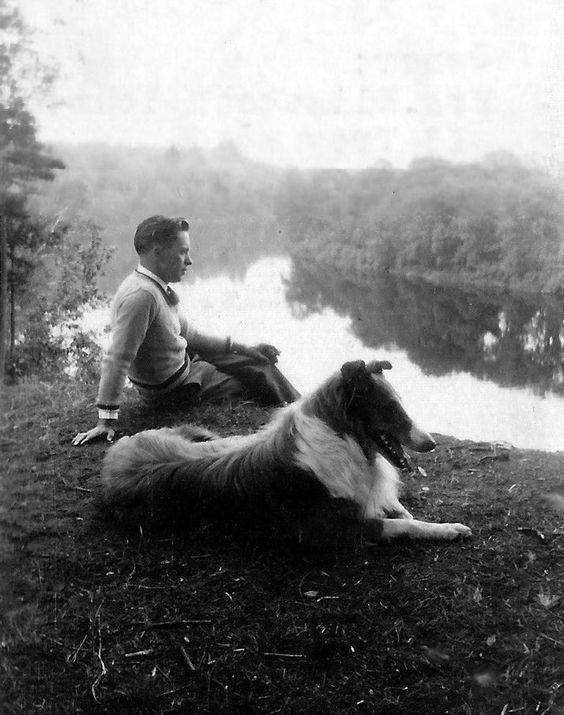
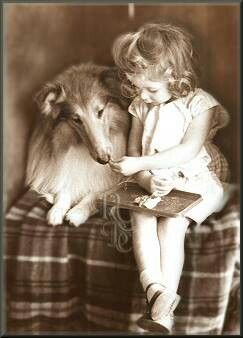
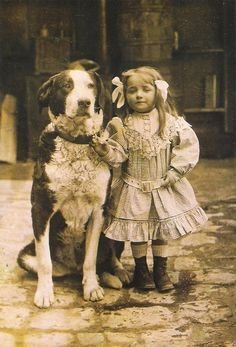
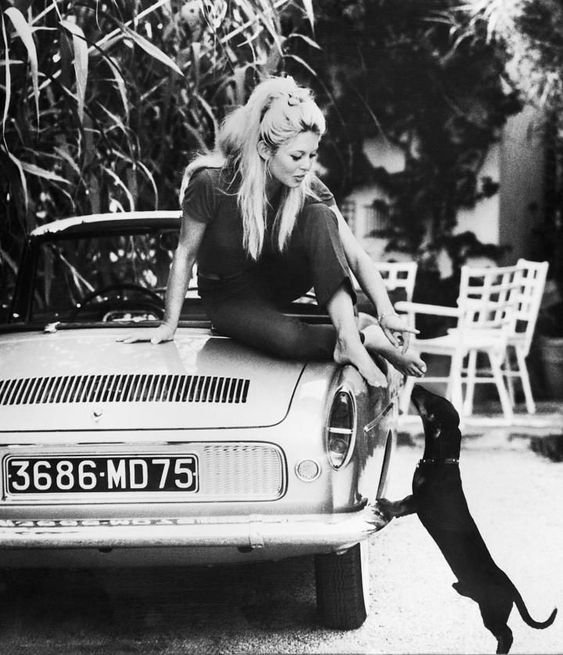
Use the form on the right to contact us.
Granite Falls, WA 98252
USA
(425)320-8246
MRM-accessories for both ladies and gents. We offer everything from classic vintage to re invented up-cycled designs. Our goal is to make great design and fashion elements affordable.
A look at the history of men's fashion and style. Boardwalk Empire, Mad Men, Gatsby style accessory icons. How to's and color print match up advice.
Throughout history, making people’s lives richer
































Embracing the elements of the Seasons & Holidays
The earthy tones of Fall
The Glam & Sparkle of Winter & the Holidays
Please visit our stores for a wide selection of unusual gifts and goodies on Etsy!
We appreciate your business
For the love of dogs: Best In Show cookies & things on Etsy
If you have a moment, do take a look! https://www.etsy.com/shop/BestInShowCookies
The world fair of 1851 was the biggest event of the 19th century, bringing eclectic exhibits of industrial, artistic and exotic natures from around the globe inside one spectacular building…
May 1851. London was abuzz with excitement at the opening of a new international exhibition of trade and commerce in Hyde Park. Travellers crammed onto the many horse-drawn buses that served as the city’s public transport system, and craned their necks as they swept along Knightsbridge, anxious to catch a glimpse of the Crystal Palace that had sprung up in one of London’s largest public spaces.
Glittering in the sunlight, it was truly a sight to behold. The first prefabricated building of its kind, the enormous glasshouse incorporated 300,000 sheets of glass in the largest size then ever made, held in position with some 24 miles of patent guttering. In just nine months, this magnificent building had become a shining landmark on the capital’s skyline.
The Exhibition was the brainchild of Prince Albert, husband of Queen Victoria, and Henry Cole, an English civil servant, inventor and member of the Royal Society for the encouragement of Arts, Manufactures and Commerce (now known as The Royal Society of Arts). Prince Albert, himself an enthusiastic promoter of British manufacturing and industry, as well as a determined moderniser, became patron of the society from the 1840s, and the pair developed an idea for a great international show: “for the purpose of exhibition, and of competition and encouragement”.
Exhibitions of this kind were not unusual during the 19th century. Cole himself had visited the French Industrial Exposition of 1844, in Paris, and had returned full of ideas for a British show – one that promoted British superiority and its position as a world leader in industry, but that also encouraged other nations to display their own achievements.
The Great Exhibition was a defining episode in Albert’s life and the setting for the season 3 finale of ITV’s Victoria. (Image by ITV/Shutterstock)
An exhibition of the magnitude and scale that Albert and Cole were planning needed an equally impressive venue, and a design competition was launched for a building to house the Great Exhibition. Some 248 plans were submitted, some- by French architects, but ultimately the exhibition’s Building Committee – among them renowned engineer Isambard Kingdom Brunel – decided that they could design something better. Despite the unethical nature of the decision, in May 1850, the committee produced its plan. It did not receive a positive reaction. The proposed redbrick building would have taken 15 months to build and required some 15 million bricks – with the opening day of the Exhibition scheduled for 1 May 1851, it was hardly a viable option.
Read more about Britain's imperial landmarks
While debates were raging as to where the Exhibition could be housed, one man had taken matters into his own hands. Joseph Paxton – a gardener, but also something of an architect and designer who had built greenhouses for the Duke of Devonshire’s home of Chatsworth, Derbyshire – had devised his own palatial idea for the Exhibition. What’s more, rather than leave things to chance, he had already shared his plans with the London Illustrated News, which had declared its own support for the design and shared the plans with the British public. By the time the idea had been brought before Henry Cole and the committee, let alone Prince Albert, Paxton’s design had already garnered widespread support. Added to the fact that the proposed building would take no more than ten months to erect, could be fabricated off-site and dismantled after the event, it’s small wonder that Paxton walked away with the commission. The London Illustrated News, too, did rather well out of championing Paxton’s design, selling 100,000 copies in the week the Exhibition opened, and printing a number of special supplements, with fold-out engravings of the building and its contents in the run-up to the big event.
Glittering in the sunlight, it was truly a sight to behold. The first prefabricated building of its kind, the enormous glasshouse incorporated 300,000 sheets of glass
In August 1850, work began on Paxton’s magnificent Crystal Palace – a named coined by playwright Douglas Jerrold. By December that year, some 2,000 men were working on site, piecing together 8,000 panes of glass every week and erecting the 1,000 cast-iron columns needed to support the structure. One can only imagine the fascination felt by Londoners as they watched huge steam engines transport exotic exhibits onto the site, and witnessed the building rise before their eyes.
Read more | How and why did the Crystal Palace burn down?
The completed building was a sight to behold: 562 metres long, 124 metres wide and towering 30 metres high over Hyde Park – that’s about ten storeys high. Most importantly, this colossal feat of engineering was finished on time. Perhaps unsurprisingly, given her husband’s level of involvement with the project, the Great Exhibition was opened on 1 May 1851 by Queen Victoria, who waxed lyrical about the event in her journal: “This day is one of the greatest and most glorious of our lives”, she wrote. “The Sun shone and gleamed upon the gigantic edifice, upon which the flags of every nation were flying… The tremendous cheering, the joy expressed in every face, the vastness of the building, with all its decoration and exhibits, the sound of the organ... all this was indeed moving.”
Read more | The greatest show on earth? The myths of the Victorian freak show
The opening ceremony was attended by all manner of dignitaries – from the Archbishop of Canterbury to foreign ambassadors and other officers of state. Some 20,000 season tickets (at a cost of £3 3s for men and £2 2s for ladies) had already been sold in advance, and visitors had been carefully placed around the building, so as to avoid a crush when Her Majesty finally arrived, accompanied by Prince Albert and their two eldest children, conveyed in nine carriages.
Trumpet fanfares and cannons announced the royal party’s arrival, upon which a choir of 1,000 sang the National Anthem. The Archbishop of Canterbury led prayers, followed by a rousing rendition of Handel’s Hallelujah Chorus. As Victoria walked sedately around the Exhibition, great cheers accompanied her progress. Finally, the Queen returned to her specially-constructed dais and declared the Exhibition open. Now, her patient subjects were free to satisfy their curiosity and explore the huge wealth of exhibits.
More than 100,000 objects were displayed within the Crystal Palace. As the host country, Britain occupied half of the exhibition space showcasing exhibits from across the Empire. The rest of the building featured objects from some 48 countries – from Russia to Chile. France was the largest foreign exhibitor, flaunting its position as Britain’s main rival in the textiles market with silks from Lyon, sumptuous tapestries, as well as cutting-edge machinery that had been used to produce such treasures. The Russian exhibits, which arrived late as ice in the Baltic delayed their journey, included huge, 3.5-metre-high vases made from malachite, furs and Cossack armour.
Gold watches were displayed in the Swiss space, while Chile sent a 50kg lump of gold. From Denmark, came a single-cast iron frame for a piano, the first made in Europe, while the US sent a giant statue of an eagle holding a Stars and Stripes flag draped around it, along with the recently-invented Bell telegraph.
Arguably the brightest attraction came from India, then under British rule. The Koh-i-Noor diamond – at the time the world’s largest such gem – was displayed in a large cage, lit up on special occasions. The 186-carat stone was of inestimable value but, despite its fame and size, many visitors were disappointed that it failed to sparkle. Nevertheless, the mere presence of the diamond, which had travelled by sea from Bombay (Mumbai), safely ensconced in a small iron safe, attracted much attention. The Koh-i-Noor is at present decidedly the lion of the Exhibition”, reported The Times. “A mysterious interest appears to be attached to it, and now that so many precautions have been resorted to, and so much difficulty attends its inspection, the crowd is enormously enhanced, and the policemen at either end of the covered entrance have much trouble in restraining the struggling and impatient multitude.”
The Koh-i-Noor usually resides in the Tower of London – but ownership is fiercely contested. This image shows a replica, displayed in Bangalore in 2002. (STR/AFP/Getty Images)
Exhibits ranged from the enormous (a full-scale locomotive and a stuffed elephant complete with magnificent, richly-decorated howdah (a seat for two people, covered with a canopy) strapped to it – to the simple.
Condensed milk was one of the exhibits on the British side, a tribute to the modernity and ingenuity of British inventors: city folk no longer had to worry about the freshness of their milk and the length of time it took to reach them. It could now be kept for months.
At the building’s centre stood an 8-metre fountain made of pink glass – an ideal meeting point and a novel way of cooling the air in the glasshouse. For the price of a penny, visitors could pay a visit to the Monkey Closets – the first public toilets, designed by sanitary engineer George Jennings. The lure of a private cubicle and a toilet that flushed, together with the towel, comb and shoe shine included in the price, proved irresistible and 827,280 people visited them in total.
Refreshments provided by Messrs Schweppes could be bought at various locations, although no alcohol was sold. A variety of performances could also be enjoyed during a visit, including cat shows and a circus. There was even a fountain in the Austrian court, flowing with eau de cologne for visitors to sample.
The Exhibition was a phenomenal success, despite the reservations of some critics who feared the event would attract radical liberals from overseas. But one of the best aspects of the Exhibition was that it was open to all classes. Entrance fees varied according to the day of visit so, for those on lower incomes, Monday to Thursday was the time to attend, as tickets were just 1s. Thousands took advantage. The price also fluctuated as the Exhibition progressed. By day four, the cost of a day ticket had dropped from £1, to 5s, although it rose again several days later.
For many it would have been their first trip to London, perhaps even their first trip from home and, for them, the Exhibition must have been simply overwhelming. Schoolchildren, factory workers, countrymen and women, dressed in their best smocks, all gazed in awe at what must have appeared an alien world. And they, too, would have caused a stir among the Exhibition’s wealthier visitors, 28,046 many of whom would never have encountered such simple, rural folk. One old lady even walked to London from Penzance, although most took advantage of the rail network. Over the five months that the Exhibition ran for, more than 6 million people visited, each contributing to a final profit of £186,000, which was used to create the South Kensington museums.
General View of the Exterior of the Building — the first image in Dickinson's Comprehensive Pictures of the Great Exhibition of 1851, from the originals painted for ... Prince Albert, by Messrs. Nash, Haghe and Roberts. London, 1854. Courtesy of the British Library under Creative Commons permission.
The plan was to stimulate British design and manufacture by promoting innovation and trade, but there were other motivations too. Albert considered the whole project to be a ‘sacred mission’ to help discover God’s laws and conquer nature, thereby increasing reverence for the creator. He also hoped it would promote peace and love amongst the nations. To even consider such an ambitious idea shows something of the spirit of the age, as there was still the major question of how the project would be funded. The solution was to do a deal with a building firm (Messrs Munday), which offered to construct the venue in return for a percentage of the takings. Nevertheless, the agreement included a proviso that the contract could be rescinded if public or private subscriptions could fund it, which is what happened after Cole managed to persuade Albert to request a Royal Commission to take over the organising of the exhibition.
https://victorianweb.org/history/1851/wenham.html
This highly detailed and colourful sequence of images was published as a pictorial record of the hugely successful Great Exhibition of 1851, which ran in London’s Hyde Park between May and October of that year. Originally conceived by the Royal Society for the Encouragement of Arts, Manufactures and Commerce (whose most famous patron was Prince Albert) the exhibition set out to display the staggering progress that had been achieved in all of the Society’s disciplines. The exhibition building itself was the source of worldwide acclaim: the famous ‘Crystal Palace’ designed by Joseph Paxton, and built in cast-iron and plate-glass, stretched symbolically 1,851 feet in length and rose to 128 feet in the air.
More than 100,000 objects were displayed by over 14,000 exhibiters from around the world, grouped into four principal themes: Machinery, Manufactures, Fine Arts and Raw Materials. Included in the exhibits were full scale hydraulic presses, steam engines, carriages, fire-arms, porcelain, enamels, carpets, textiles and even the 186 carat Koh-i-Noor diamond, among thousands upon thousands more artefacts (many of which are shown in this sequence). Over six million people visited the exhibition during its relatively short opening period, many of whom traveled to London from far-afield via the rapidly expanding railway network.
What’s behind the holiday tradition of hanging hosiery on the fireplace?
The Legend of the Christmas Stocking
The most popular legend about why stockings are hung at Christmas goes something like this: A recently widowed man and father of three girls was having a tough time making ends meet. Even though his daughters were beautiful, he worried that their impoverished status would make it impossible for them to marry. St. Nicholas was wandering through the town where the man lived and heard villagers discussing that family’s plight. He wanted to help but knew the man would refuse any kind of charity directly. Instead, one night, he slid down the chimney of the family’s house and filled the girls’ recently laundered stockings, which happened to be drying by the fire, with gold coins. And then he disappeared. The girls awoke in the morning, overjoyed upon discovering the bounty. Because of St. Nick’s generosity, the daughters were now eligible to wed and their father could rest easy that they wouldn’t fall into lonely despair. Whew! While obviously far-fetched, this tale of unknown origin and date is most widely referenced when it comes to the history of the Christmas stocking.
Victorian Christmas
Victorian Christmas
Stocking Stuffers for everyone’s style: Featuring our MagTAKs magnetic pins that can be worn on ties, collars, hats & scarves. Check out or huge selection on Etsy.
Take a look see ……..
You can feel a change in the air, the smells, the leaves & the anticipation of doing some cozy dishes and cuddling up with a good book.
French Onion Soup: https://www.bonappetit.com/recipe/french-onion-soup-with-comte
New England Clam Chowder: https://www.epicurious.com/recipes/food/views/new-england-clam-chowder-51122640
Rosemary & Lemon Flatbread Crackers: https://thecafesucrefarine.com/lemon-rosemary-flatbread-crackers/ This has become a regular recipe, you can switch the rosemary with thyme or switch the lemons to oranges. Super thin, super delicious!
Pumpkin Chicken curry: https://ketokarma.com/hearty-and-filling-pumpkin-curry-with-chicken/
A quick browse through our Etsy stores with a fall flair in mind. First up: Woman’s Renaissance
From our Second Etsy Store: Modern Renaissance Man
The fashions then in vogue—when, as already stated, gentlemen wore gilt buttons on their coats, vests, and leggings—when for ladies even, and children, metal buttons were often preferred to those from woven materials—when the varieties were fewer, and the demand more steady—when foreign competition, partly through protective duties, and partly from the lack of that development of the manufacture abroad which has since so enormously progressed—were all in favour of our “Brummagem buttons,” no wonder that the trade flourished in a way it cannot be expected now to do.
Birmingham specialised in the production of small items (hinges, buttons, buckles, hooks, etc.) in a range of materials including metal and glass, which were collectively known in the 18th century as “toys”.
Matthew Boulton, an entrepreneur in the toy industry, described the Birmingham buckle trade to a House of Commons select committee in 1760, estimating that it employed at least 8,000, and generated £300,000 worth of business, with the majority of stock destined for export to Europe.
The buckle trade collapsed in the 18th century as a result of people starting to wear slippers or shoes fastened with strings. In 1791, bucklemakers petitioned the Prince of Wales on behalf of the 20,000 bucklemakers in distress, and the Prince of Wales and Duke of York responded by ordering their own entourage to wear buckles. Further petitions were submitted in 1792 and 1800, and bucklemakers are rumoured to have paraded a donkey, its hooves adorned with laces, to insult wearers of the new fashion.
Although the market for buckles didn’t revive, the button trade flourished in Birmingham in its place. “It would be no easy task”, William Hutton wrote in 1780, “to enumerate the infinite diversity of buttons manufactured here”. In the 1800s there were over one hundred button makers based in the Midlands.
Originally, the button was a by-product of the slaughter-house, with buttons produced from animal hoof and horn. The raw hoof and horn had to be heated and moulded, and then turned and polished by hand. However, the Birmingham button trade was diverse including pearl, shell, metal, cloth-covered, and later plastic, buttons. Shell and pearl were imported for the production of buttons, with so much waste shell produced by the process that pits were dug in Birmingham’s Jewelry Quarter to bury it. Many buildings today are said to have their foundations built on mother of pearl. Englishgirlathome.com
Birmingham led innovation in the button trade; between 1770 – 1800, 21 patents were granted for improvements in the fastening of clothes, with 19 originating in Birmingham, including flexible shanks, and fancy silk, and porcelain buttons. A number of writers wrote contemporary accounts of the Birmingham button industry, including Charles Dickens, and The Penny Magazine (including illustrations). The Coat Route by Meg Luken Noonan includes a chapter profiling James Grove and Sons.
Above buttons in slide show have been re-purposed into versatile magnetic pins (Mag TAKS) so that can be worn & enjoyed for years to come! Check them out in both Etsy stores:
Our stores offer unique upcycled antique & vintage accessories as well as hand embroidered denim jackets, pants and overalls for women & children. Custom projects welcome!
Casual western meets macho & feminine
Items from our Etsy stores: Woman’s Renaissance & Modern Renaissance Man
The Mag TAK™ was invented in 2013 by the husband & wife team at Modern Renaissance Man as a way to recycle beautiful jewelry while solving the fashion problem of putting unwanted holes in your fine fabric scarves and neckties.
These fantastic creations can be worn by women & men….on your silk scarves, pashmina wraps, neckties, hats and on your jacket lapels.
“Another repeat customer for these marvellous magnetic brooches. The level of detail here is amazing and the magnets are strong enough to hold through multiple layers of my viscose infinity scarf. Brooches nicely packaged in a decorative wooden box.”
“The magnetic idea is GENIUS, and the brooch is GORGEOUS. looks like a tiny, gemmed bouquet. the magnet works perfectly, holds firmly without damaging the garment—yay! sturdy enough to hold onto a leather purse, too. should mention was also CAREFULLY packed (thank you!) and shipped QUICKLY. already planning my next FABULOUS purchase from WomansRenaissance. just GREAT things from LOVELY and HELPFUL store owner. recommend this store HIGHLY — you WILL be THRILLed, too!”
“Picture did not do it justice, looking forward to using this wonderful Mag Tak with my silk scarves. Love that they leave no holes!”
“Beautifully made, looks like an antique in great condition, unusual, thoughtful magnetic attachment. Presentation box is stunning! This brooch is perfect for my expensive silk scarf! Thank you for your ingenuity, craftsmanship, and special touches”
“I absolutely love this !!! Yall really put your heart into little things and I love it ! I’ll wear it with pride”
“I love this little gem! It’s the perfect smaller size, yet it holds even a large cashmere gauze stole of many thicknesses. The colors are lovely, soft, Summer colors.”
“Great little piece of history. I am glad to be able to reuse and enjoy it.”
“Beautiful and feminine design - I plan to use this pin to keep my sweaters closed without damaging them.”
“Beautifully made and will hold up well to repeated use. I would definitely buy more magnetic tie tacks from this seller again”
Browse our shops and see what matches your fashion style: mid century modern, glam or 1900 Victorian antiques. We offer something for everyone! ETSY; Woman’s Renaissance & Modern Renaissance Man
🎩Tie & Tie Tack Sale #MagTAK sale: the good stuff, Nordstrom & JZ Richards one of a kind antique upcycled magnetic lapel pins. 💰 https://etsy.me/3rmyJKB
💋 Vintage silk scarves & gorgeous magnetic pins you can wear anywhere, scarves, hats….Everything is on sale! Etsy Woman’s Renaissance
I wanted to share the history and images of Christmas from long ago as well as some thoughts on how to bring some special meaning to how we celebrate now. With Amazon dominating the marketplace and offering lots of products imported from China, may I suggest supporting the mom & pop, kitchen table shops on Etsy. These shops offer unique, thoughtful gifts that are handcrafted in the United States. You will find a great selection of special products while supporting hard working shops in your village!
By the mid-1800s the American Christmas tradition included much of the same customs and festivities as is does today, including tree decorating, gift-giving, Santa Claus, greeting cards, stockings by the fire, church activities and family-oriented days of feasting and fun.
But, for those in the Old West, far away from the more civilized life of the east, pioneers, cowboys, explorers, and mountain men, usually celebrated Christmas with homemade gifts and humble fare.
Christmas for many in the Old West was a difficult time. For those on the prairies, they were often barraged with terrible blizzards and savage December winds. For mountain men, forced away from their mining activities long before Christmas, in fear of the blinding winter storms and freezing cold, the holidays were often meager. But, to these strong pioneers, Christmas would not be forgotten, be it ever so humble.
Laura Ingalls Wilder wrote of the preparations for Christmas on the Kansas Prairie: “Ma was busy all day long, cooking good things for Christmas. She baked salt-rising bread and r’n’Injun bread, and Swedish crackers, and a huge pan of baked beans, with salt pork and molasses. She baked vinegar pies and dried-apple pies and filled a big jar with cookies, and she let Laura and Mary lick the cake spoon. “That very Christmas, Laura Ingalls was delighted to find a shiny new tin cup, a peppermint candy, a heart-shaped cake, and a brand new penny in her stocking. For in those days, these four small gifts in her stocking were a wealth of gifts to the young girl.
Joseph Clark (1834–1926), Christmas Morning (date not known), oil on board, 13 x 17 cm, location not known. Wikimedia Commons.
John Callcott Horsley designed the first Christmas Card in 1843
Below are some of our products from our Etsy stores if you are so inclined.
While preparing some of our MagTAKs for listing I noticed some markings on the back of one piece. Nettie Rosenstein. Below is my discovery of this talented woman in America’s fashion history.
Nettie Rosenstein created tailored looks that fit a variety of body types and brought ready-to-wear fashion like the “little black dress” to American consumers. In 1916 she created her own custom dressmaking business out of her home, and by 1921 she employed fifty dressmakers in her midtown Manhattan dressmaking firm. Her dresses, which were carried in the finest department stores, were wildly popular even in the worst years of the Depression, grossing $1 million in 1937. While her dresses were up-market, the many knock-off copies of her designs meant that women of every income bracket wore dresses influenced by her aesthetic. Rosenstein was honored with a design award from Lord & Taylor in 1938 and the Coty Award in 1947.
Fashion designer Nettie Rosenstein was instrumental in the popularization of the “little black dress” in America. She observed the trend in French couture and used the power of the ready-to-wear industry to popularize the look in America. Her career developed through the 1930s and 1940s, at a time when France lost some of its influence as the world’s fashion center. Rosenstein was one of many American dressmakers to gain from this change.
The youngest of three children, Nettie moved from Salzburg, Austria, to New York City with her parents, Joseph and Sarah Rosencrans, in the 1890s. Her parents opened a dry-goods store at 118th Street and Lenox Avenue. Dressmaking was a skill that she began to develop at a very early age. Her interest in and exposure to the fabrics in her parents’ store formed the backbone of her career. Nettie’s sister, Pauline, ran a millinery business known as Madame Pauline in the Rosencrans family house, next to the dry-goods store. Nettie began her career as a custom dressmaker for her sister’s clients.
In 1913, Nettie married Saul Rosenstein. They had two children, Jerome (b. 1914) and Claire (b. 1925). In 1916, Nettie Rosenstein started a custom dressmaking business in her home on West 117th Street. By 1921, she employed fifty dressmakers and had moved her business to a more fashionable address at East 56th Street. During the 1920s, Rosenstein switched to selling wholesale. By the late 1920s, I. Magnin, Neiman-Marcus, Nan Duskin, and Bonwit Teller were some of the stores that carried her clothing.
When Saul Rosenstein retired from his successful women’s underwear business in the late 1920s, Nettie Rosenstein tried retirement, too. Two years later, however, she began working for the dressmaking firm Corbeau & Cie. In 1931, she reopened her own dressmaking firm on West 47th Street with her sister-in-law, Eva Rosencrans, and her former boss at Corbeau & Cie., Charles Gumprecht. In spite of the Depression, Rosenstein’s business flourished, grossing $1 million in 1937. By 1942, she had moved her business again, to 550 Seventh Avenue.
Rosenstein’s designs were among the highest-priced wholesale clothes in New York City. Because they were so widely copied, the influence of her work went far beyond those who could afford her clothing. The reasons for her high prices were her use of high-quality materials and construction techniques, and her precise fit process. Each of her designs was first conceived on a showroom model, and then adapted in fit and proportion five times to five different-sized workroom models that represented the average figure. Rosenstein, who was given a design award in 1938 by the department store Lord & Taylor and who received the fashion industry’s Coty Award in 1947, contributed largely to the movement of the democratization of fashion in America during the first half of the twentieth century by making good-quality clothing of sophisticated design available for the ready-to-wear customer. Nettie Rosenstein died, after a long illness, at age ninety on March 13, 1980.